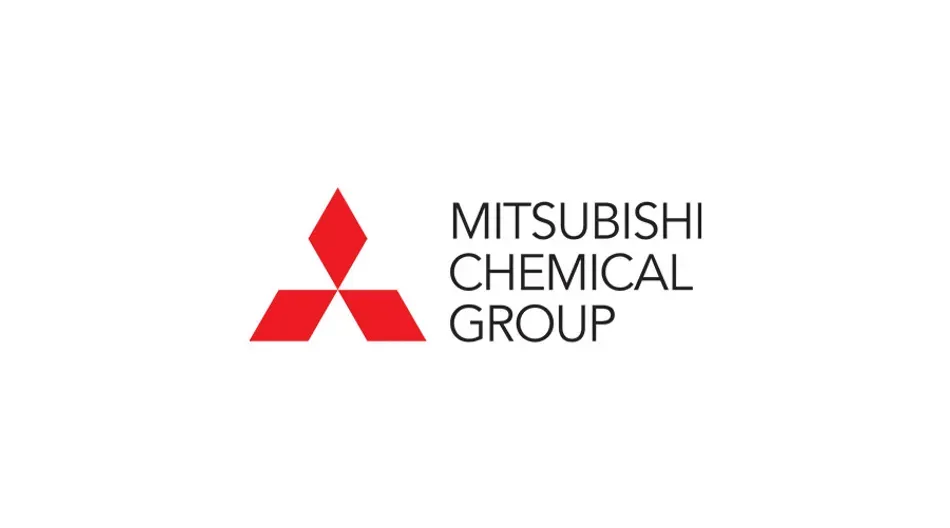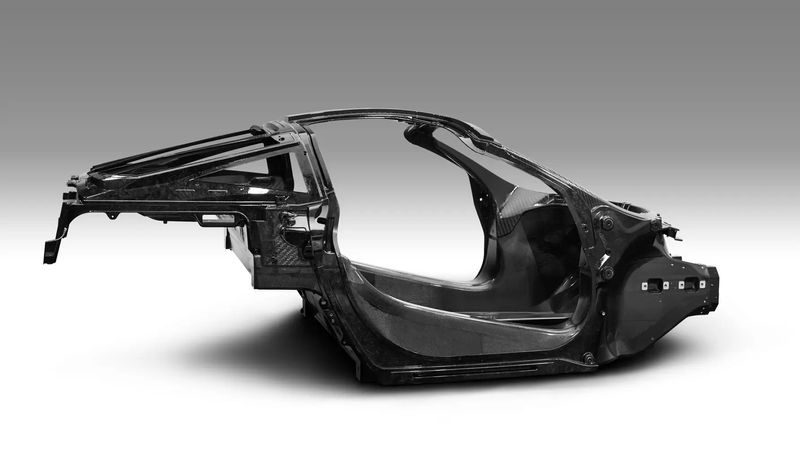Implementing carbon fiber composites in structural automotive components for reducing CO2
Reducing CO2 emissions from road transport presents a key challenge and opportunity for the automotive industry.
Automakers such as Volkswagen, Ford, BMW, and Honda have agreed to meet California's emissions targets for the US market. European automakers such as Volvo, Volkswagen, and Daimler have set goals for carbon neutrality between 2039 and 2050 to meet EU climate objectives.
To help meet these goals, the automotive industry is working towards reducing emissions along all parts of the value chain – from material sourcing and simplifying supply chains, to manufacturing and recycling materials, to the performance of the vehicles on the road. While moving towards carbon neutrality will take a combination of strategies, perhaps the biggest opportunity for automakers to reduce emissions is by lightweighting vehicles with composite materials.
Lightweighting to reduce automobile CO2 emissions
Reducing fuel consumption is a top priority for automakers and regulators. In the US, passenger cars and light-duty trucks in the U.S. must meet Corporate Average Fuel Economy (CAFE) fleet standards of 54.5 miles per gallon (MPG) by 2025. Because it takes less energy to accelerate a lighter object than a heavier one, lightweight materials offer great potential for increasing vehicle efficiency; a 10% reduction in vehicle weight can result in a 6%-8% fuel economy improvement.
Furthermore, the rise of electric vehicles has placed additional pressure to reduce car weight for energy saving, as well as introduced the need for new components such as battery enclosures with high mechanical and thermal resistance. By using lightweight structural materials, new vehicles can carry additional advanced emission control systems, safety devices, and integrated electronic systems – systems which are especially important for the next-generation of electric and hybrid vehicles – without increasing curb weight.
Sustainability isn't the only consideration – lightweighting with composite materials can also reduce costs over the vehicle's lifetime. While manufacturing with composites at scale can have higher-upfront costs than traditional materials, they can provide lower costs later by offering savings in maintenance, fuel costs and potentially replacement parts.
Challenges of traditional composites for automotive lightweighting
Composites are materials that consist of two main constituents; one called the reinforcing phase, with another known as the matrix. The reinforcing phase can be made up of particles, fibers, platelets, or flakes, while the matrix is continuous and usually constituted by either polymers, metals, or ceramic materials. Composites allow the possibility of combining the properties of different individual constituents into a single material in order to optimize performance for specific applications.
Despite their outstanding mechanical and functional properties, traditional composite materials present several drawbacks. Many of these are related to their manufacturing processes, which are often expensive, labor-intensive, difficult to scale, have limited reproducibility, and require large amounts of energy.
With fiber-reinforced polymer matrix composites, the fibers need to be precisely aligned in order to control the mechanical properties of the final components. One of the most common approaches for the manufacturing of such composites is the hand layup technique. In this approach, fibers are laid onto a mold by hand and the resin is sprayed or brushed on. Thermoset polymers are cured at very relative high temperatures and require high amounts of pressure. For this reason, the manufacturing processes of traditional composites often require the use of expensive autoclaves.
Besides manufacturing challenges, traditional composites can fall short when it comes to their mechanical performance. This is because composites are vulnerable to several kinds of defects. Manufacturing defects occur during the composite fabrication process. For example, porosity, i.e., the presence of small voids in the matrix, can arise due to non-optimal conditions during the resin curing process. Before curing, hand- or machine-preparation of the resin-impregnated fibers can introduce foreign bodies inside the composite material. Fiber misalignment during manufacturing can prevent the optimal packing of reinforcing fibers, thus producing inhomogeneous material properties.
Lastly, another significant challenge associated with traditional composites is related to sustainability and circular economy. One of the environmental advantages of composites compared to traditional materials is their long lifetime and high resistance. However, there are limited established solutions for the recycling of thermoset matrix composites.
The high cost of production, labor intensivity, and difficult processability of traditional composites make them a poor option for scaling to the level of adoption needed to lightweight the next generation of vehicles. Furthermore, the use of thermoset polymers, such as phenolic and epoxy resins, are extremely difficult to recycle. For these reasons, a new generation of cutting-edge composites are being developed to deal with these challenges.
Case Study: Next-generation composites for reducing automotive industry emissions
Challenge: Streamlining painting processes while improving production flexibility
Mitsubishi Chemical Group were approached by a leading automotive OEM looking for ways to reduce CO2 emissions along the entire value chain. To achieve this goal, they wanted a composite material that would reduce the weight, production costs, and carbon footprint of the body panels of their vehicles.
In this case, traditional composite materials were not suitable for painting online with the rest of the vehicle. Painting composite parts offline results in additional transportation, assembly, and color-matching processes – all of which incur both higher production costs and a larger carbon footprint. Given that painting is the most emissions-heavy stage in automotive manufacturing, the OEM required a solution where composite parts could be painted online. They also needed the flexibility to use the same materials in their established processes for both mid-range and high-performance vehicles (compression molding for the former and autoclaving for the latter).
Solution: Compression-moldable and autoclavable carbon fiber prepregs for auto body panels
With these goals in mind, MCAM helped the OEM identify and deploy lightweight carbon fiber prepregs that were suited to multiple production methods and displayed the thermal properties necessary to undergo the online painting process. With excellent surface finishing and the ability to withstand temperatures as high as 180°C for 45 minutes, the composite auto body panels could be painted in the same process as the rest of the vehicle components. Furthermore, the high-TG combination resin and two meters panel widths made it possible to eliminate unsightly seams from larger body components.
The prepregs also gave the customer the flexibility to use these materials throughout their established production line. For limited production performance vehicles, the OEM could use autoclave to reinforce the body panels, and then switch to compression molding for vehicle models produced at higher volumes. These processes result in more lightweight parts than is possible via resin transfer molding or wet compression.
The Composite Engineering Challenge
We are inviting innovators, entrepreneurs, and early adopters at universities, (pre-) startups and scaleups that need fiber-reinforced composites to realize their prototype, part, product or application.
We welcome projects, programs, and companies in the field of new mobility (EV, e-motor, battery casing, etc.), autonomous (delivery) vehicles, people movers, robotics, aerospace, space, bicycles, UAV, AAV, bionics (wheelchairs, exoskeletons, prosthetics), alternative energy (production, storage, transport), self-sensing or self-healing, sport & leisure, alternative (low carbon footprint) fibers and more!
The winning entry will be rewarded with a partnership with Growth Garage, Business Incubator of the MCG Advanced Materials Division.
This partnership package is valued at $25,000 and will be tailored to the winning team’s needs according to their current business and product development stage.
Read more about the challenge here.
Key Dates
|



